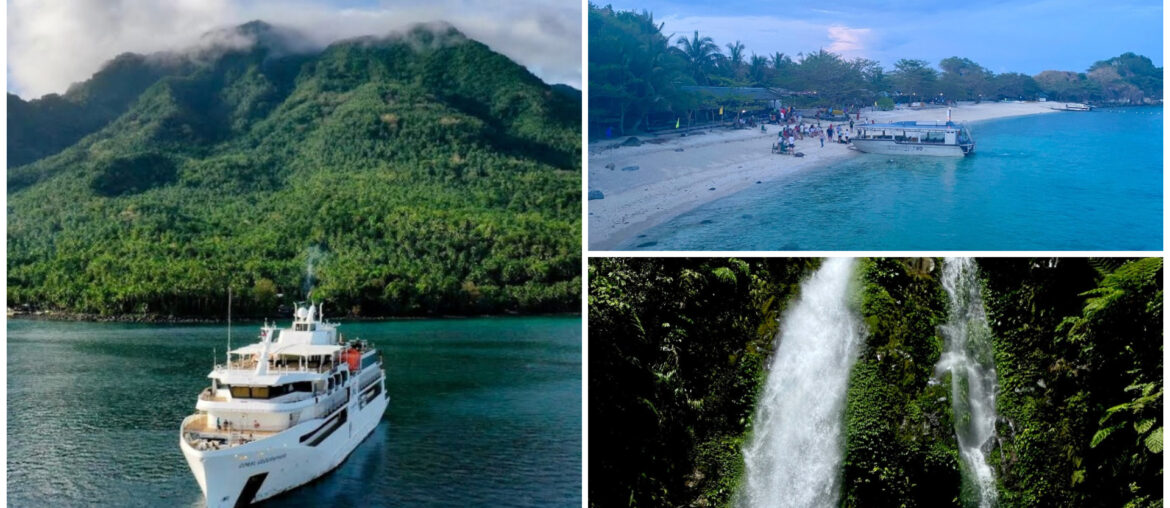When one thinks of Biliran, we immediately think of waterfalls, hot springs, island beaches, and that stunning shifting sandbar on Higatangan. But did you know that this quiet, underrated destination in Eastern Visayas wasn’t always known for its tourism charm? In fact, the island has a rich backstory, one that could take us from Spanish colonization to natural disasters, and eventually to full provincial status.
What once was part of Leyte…
Originally, Biliran wasn’t even its own province, it was part of Leyte. The main settlement back then was the town of Naval, which is still the capital today. Spanish missionaries arrived in the late 1600s and established a pueblo they called “Biliran,” believed to have come from the word borobiliran, referring to the native grass used for mat weaving.
Naval, as a town, grew to be the center of religion, trade, and local governance. But just like many other coastal settlements in the country, Biliran also had its share of pirate raids during the Spanish era. Life wasn’t easy, but the island communities thrived thanks to fishing, farming, and coconut trade.
The volcano that changed EVERYTHING
In 1939, Biliran was in the spotlight—but not for good reasons. The Biliran volcano (also known as Mt. Suiro) erupted, displacing communities and leaving a mark in local memory. While the island recovered, this natural disaster remains part of what shaped Biliran’s resilience.
For a long time, Biliran remained just one of Leyte’s municipalities. But that changed on May 11, 1992, when Republic Act No. 7160 officially converted it into a separate province. This made Biliran one of the youngest provinces in the Philippines.
Naval was chosen as the provincial capital, and since then, the island has slowly, but steadily, grown into its own. It still shares a strong connection with Leyte, especially in terms of language, culture, and economy, but it now operates independently, with its own governor, local government, and identity.
The Biliran Now
A lot of people travel to Biliran now for the beaches, the waterfalls, and the chill, rural pace of life. But knowing its history, from a small pueblo to surviving volcano eruptions and eventually becoming a province, adds a whole new layer of appreciation. It’s not just another pretty destination. It’s a place built on endurance, heritage, and quiet transformation.
So next time you’re relaxing by the sandbar or hiking to Ulan-Ulan Falls, remember: you’re walking on an island that’s gone through centuries of change—and is still writing its story today.



Comments are closed.